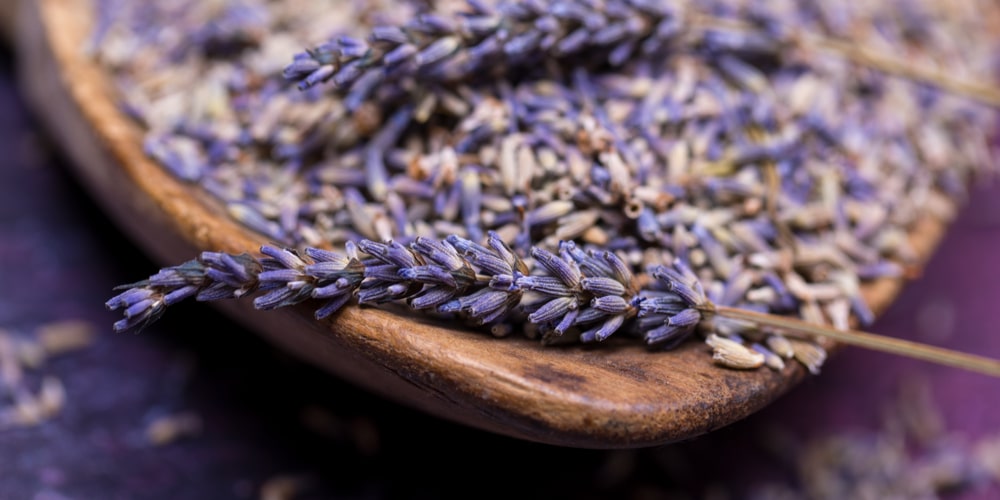Lavender is a lovely plant that is known for its calming and relaxing properties. The plant is native to the Mediterranean region, but it can now be found worldwide. Lavender has a long history of being used for its medicinal and aromatic properties. The plant is also used in cosmetics, perfumes, soaps, and other products. Let’s look at what happens if you harvest lavender too late?
What happens if you harvest Lavender too late?

Lavender should be harvested early on many levels: Early bloom, early spring, and early morning. The best time to harvest is when the flowers are just beginning to open.
If you wait too long, the flowers will be past their prime, and the plant will be less fragrant. Cut the stems at a 45-degree angle, about 4 inches above the ground.
If you harvest Lavender too late, the flowers will be past their prime, and the plant will be less fragrant. You can cut Lavender more than once during the growing season.
It’s typically cut the rit time to when the plant is in full bloom. However, it is possible to harvest Lavender at other times of the year, depending on the type of plant and the climate. In general, it is best to harvest Lavender before the flowers start to fade.
What To Do With Lavender After It Blooms?
Once the lavender is done blooming, you can cut it back to about 6 inches. This will help promote new growth. You can also deadhead the lavender by removing the spent flowers.
This will encourage the plant to produce more flowers. After deadheading, you can fertilize the lavender with a balanced fertilizer. Be sure to follow the instructions on the fertilizer package.
The ideal Growing Environment For Lavender
Lavender is a plant in the mint family. It is native to the Mediterranean region and has been naturalized in many places around the world. The flowers are purple, and the leaves are green.
The plant is used for its oil, which has a floral scent. Lavender is also used in cooking, cosmetics, and medicine. It’s a drought-tolerant plant, so it does not need a lot of water.
Water the plants deeply but infrequently, and allow the soil to dry out between watering. Lavender prefers full sun but can tolerate some light shade. The plants will be more compact, and the flowers will be less likely to form if they do not get enough sun.
Lavender will grow in most types of soil as long as the soil is well-draining. Amend heavy clay soils with sand or grit to improve drainage. Lavender does not like wet feet because they often lead to root rot, and this may also kill the plant.
If you are growing Lavender in a pot, be sure to use a potting mix that is designed for cacti and succulents or add sand or grit to the potting mix to improve drainage. Pots that are too large will hold too much water and can lead to root rot. Be sure to have a pot with drainage holes.
You can fertilize lavender plants in early spring, before new growth begins, with a balanced fertilizer such as 10-10-10. You can also use a slow-release fertilizer or compost.
However, do not fertilize lavender plants more than once a year because too much fertilizer will damage the roots and make the plant less drought tolerant.
Lavender is a relatively low-maintenance plant, but there are a few things you can do to keep your plants healthy and looking their best. Prune lavender plants in early spring, before new growth begins.
This will help to shape the plant and promote new growth. You can also remove any dead or dying leaves or stems. Deadheading the flowers will also help to promote new growth and prevent the plant from going to seed.
How to Store Lavender
Lavender can be stored in several ways. The most common way is to dry the Lavender by hanging it upside down in a dark, dry place.
You can also put the Lavender in a vase with some water. Cut lavender stems can be stored in a vase with an inch of water. Change the water every few days.
You can also store lavender stems in a plastic bag in the refrigerator for up to two weeks. Be sure to remove any leaves below the water line to prevent them from rotting. Dried Lavender should be stored in a cool, dark place.
Related Article: Does Lavender Grow in Arizona?

